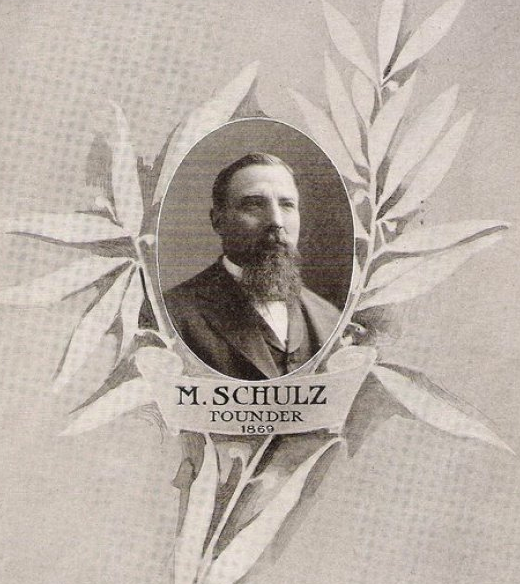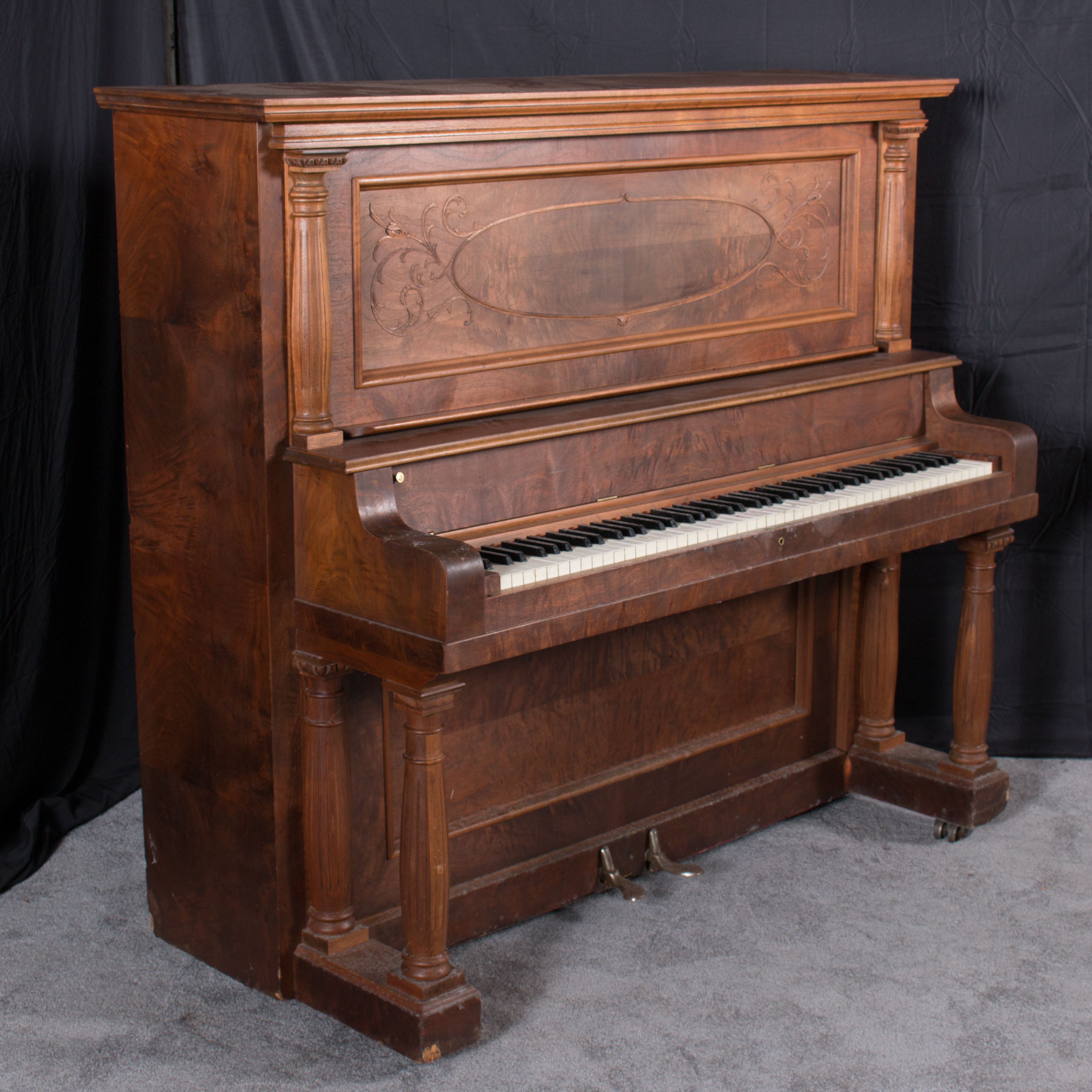

This became a frequent running gag in the strip's later years. In one short, Lucy points out to him the woefully inadequate single-octave range of a toy piano an angry Schroeder yanks it out from under, causing her to conk her head on the floor. Schroeder is normally a very passive character, content to play his music, but he can be angered quite easily, especially if his music or his idol Beethoven are insulted. Schroeder plays his piano while the other children dance in A Charlie Brown Christmas. In 1966's It's the Great Pumpkin, Charlie Brown, Schroeder accommodates Snoopy (who was dressed in his World War I Flying Ace outfit) by playing a brief medley of World War I songs at Violet's Halloween Party such as "Pack up Your Troubles in Your Old Kit Bag", "Roses of Picardy", and others. It's the only time in the history of the television specials that his toy piano ever actually sounds like a toy piano, with 'plinking' sounds. Schroeder plays it in the style of a conventional piano, then manages to generate the warm tones of a Hammond organ, but Lucy cannot recognize the tune until the now-irritated Schroeder plays it, off-key with one finger, in the tones of a normal toy piano. Lucy asks Schroeder to play "Jingle Bells". The piano's capability is illustrated in 1965's A Charlie Brown Christmas. Schroeder plays his piano for Snoopy the World War I Flying Ace at Violet's Halloween party. In the strip from October 2, 1951, Charlie Brown attempts to get Schroeder to play a real piano, but only succeeds in making Schroeder cry. Similarly, in the Decemstrip, Violet eventually manages to convince a nervous Schroeder to play his toy piano whilst seated in front of her mother's real piano.Įver since May 30, 1953, when Lucy first fell in love with Schroeder, she has always leaned against his piano, which annoys Schroeder immensely. Schroeder first plays a toy piano in the strip from September 24, 1951. Ever since then, Schroeder has had his toy piano.

Then Schroeder plays a real song, leaving Charlie Brown blushing. He tells Schroeder it is easy to play it, then shows him by hitting a few notes. On September 24, 1951, Charlie Brown introduces Schroeder to a toy piano. This piano is being restored to like new condition inside and out, and the tone and touch is really quite good for a piano this size.Schroeder's most recognizable trait, is probably his toy piano, which he often plays. The instrument is made of beautiful "old world" two-tone walnut wood, and is of the Louis XVI double-leg style. This piano is an example of the Expressive Reproducing Player Piano offered on the Marionette. Schulz was forced to drop their grandiose plans for the Marionette line and only a few were ever actually built. When the Great Depression hit in 1929, M. They were advertised as being offered in elaborately carved cabinets and elaborate finishes, including hand painted Oriental style finishes. Schulz had great plans to build these little pianos in large numbers. The player pianos were equipped with the Schulz patented "Aria Divina" expressive reproducing player mechanism which played the piano with real human dynamics. The tiny Marionette baby grand was available in two basic models a conventional baby grand piano and an expressive "reproducing" player piano. Because piano technology had reached its peak in the 1920s, these tiny pianos were thoroughly modern in design and the science and craftsmanship behind them resulted in a piano that sounded like a much larger instrument. Measuring only 46 inches wide and 44 inches long, these little pianos were real pianos with the tone quality of an ordinary baby grand piano, but their diminutive size made them ideal for wealthy childrens play rooms, dance clubs, boudoirs, etc. Schulz Piano Company introduced a limited number of tiny ∼hild Size baby grand pianos under the Marionette label.


 0 kommentar(er)
0 kommentar(er)
